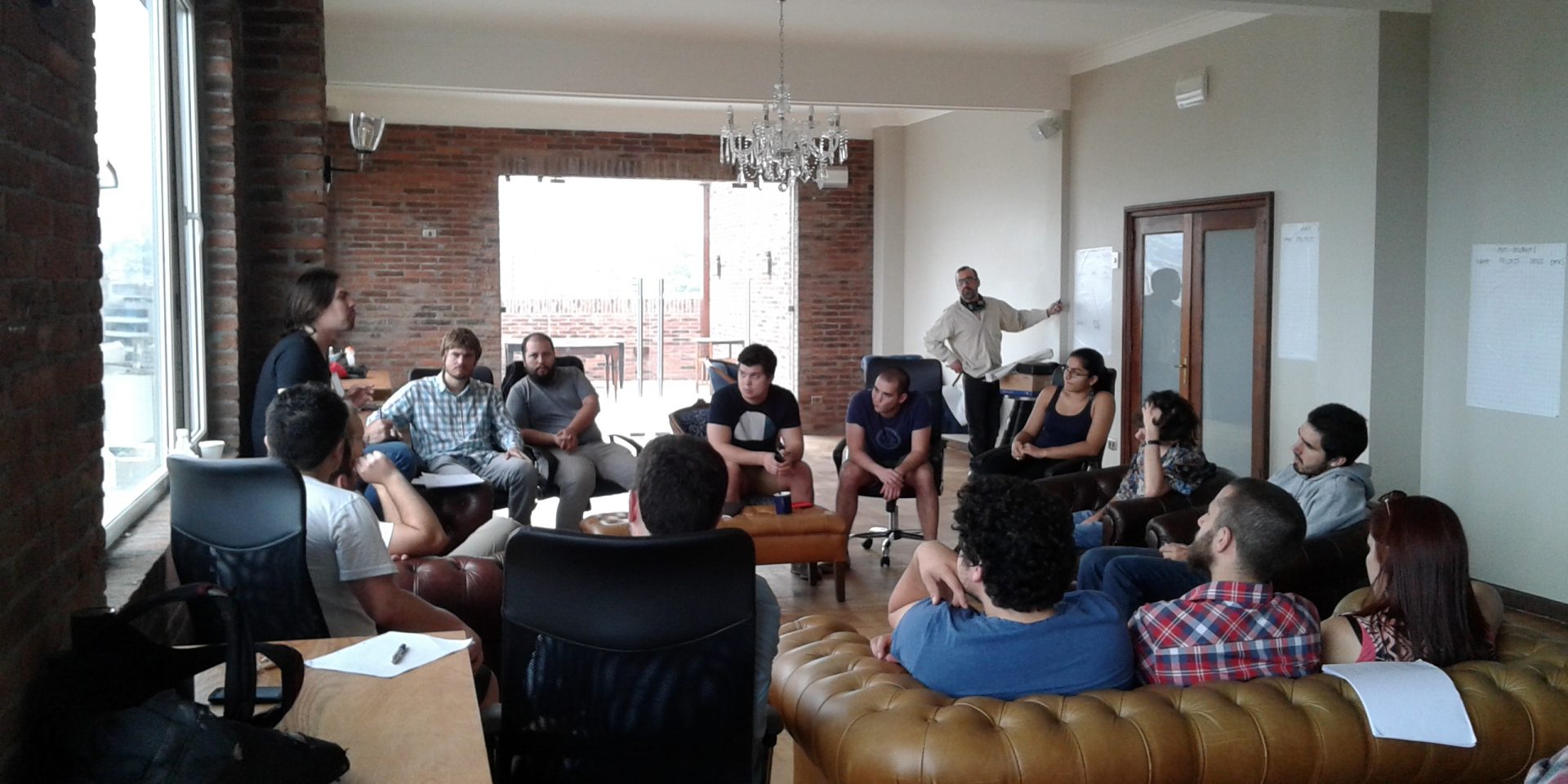

The researcher of the NeuroCICS and Ph.D in Medical Sciences Francisco Zamorano reflects on fear, one of the most discussed topics during this week in which many chileans celebrated Halloween. Do we really crave it? Do we know what fear is?
While most people feel comfortable in a safe environment, there are many who enjoy trying out limits. Performing an extreme sport, riding a roller coaster or watching a horror movie is commonly associated with the idea of fear. But do we really know it?
On September 12, 2001 if a balloon had burst in New York people would have run to hide. There are multiple elements in our human nature that come from the dawn of evolution and that had a leading role for the survival of our ancestors and allowed us to become Homo sapiens. But, currently, many of these traits conflict or do not necessarily fulfill an adaptive role in our modern lives, generating harmful daily responses such as anxiety, fear or anguish. In particular, fear diminishes creativity, inhibits the joy associated with exploring and discovering, and also slows down our playful instinct.

Fear could be defined as the integration of an automatic emotional behavior whose command center would be a region of the brain located deep in the temporal lobe and which is as large as an almond. This region, which is present in both temporal lobes, is called the amygdala and is responsible for triggering powerful metabolic response reactions (for example, sweating, increased heart rate, etc.) in real or imagined dangerous situations, such as when Regan MacNeil turns his head in 360 ° in what is the first terrifying signature of the movie The Exorcist. The interesting thing is that we react with fear to something we had never seen before and that the brain did not regonise as if it was good or bad. He only recognizes it as unnatural, and reacts.
What is the evolutionary advantage of being afraid in the face of dangerous situations?
The answer may seem obvious, but it never behooves us to remember that feeling fear is a protective mechanism against a situation that represents an imminent risk to the well-being of the individual. Classical responses to fear are defined as “escape” or “fight”. However, there are other alternatives, such as “freezing”, literally get paralyzed by fear, without the possibility of reacting.
There are occasions in which the emotional magnitude of a stimulus is so high that our brain can not process them and the response tends to be erratic rather than effective, considering that it is from this response that our survival could depend. It’s harder for the brain to make better decisions, which is why Carol Anne went to the television in her living room in the middle of the night and ended up being absorbed by the screen in the 1982 classic, Poltergeist, although we all thought, from our position as spectators in the movie theater, that was a very bad idea.

However, the ability to react effectively to fear is a skill that can be trained and developed. There are different techniques and treatments that help control this emotion, such as mental imagery, mindfulness and psychotherapy, among others.
To understand how you can enjoy this type of situation you have to consider two aspects:
First, this works only if we know that we are in a safe environment when we are invaded by the feeling of fear. For example, being in a shark watching cage, riding the Xtreme Fall or skydiving. The key to this is that the brain feels safe.
The second thing to understand is that this sensation is due to the activation of the tonsil response, which generates a release of dopamine that activates regions that are part of the system of reinforcement and pleasure. This could explain the addictive effect generated by practicing certain extreme sports or near-death experiences, but always in a controlled manner.
Without the certainty of control, one thing is clear, in reality we are not so willing to expose ourselves to danger. The response to fear represents one of the most powerful tools of the mind and, without it, as a species we would not be telling this story.
Francisco Zamorano, Ph.D in Medical Sciences